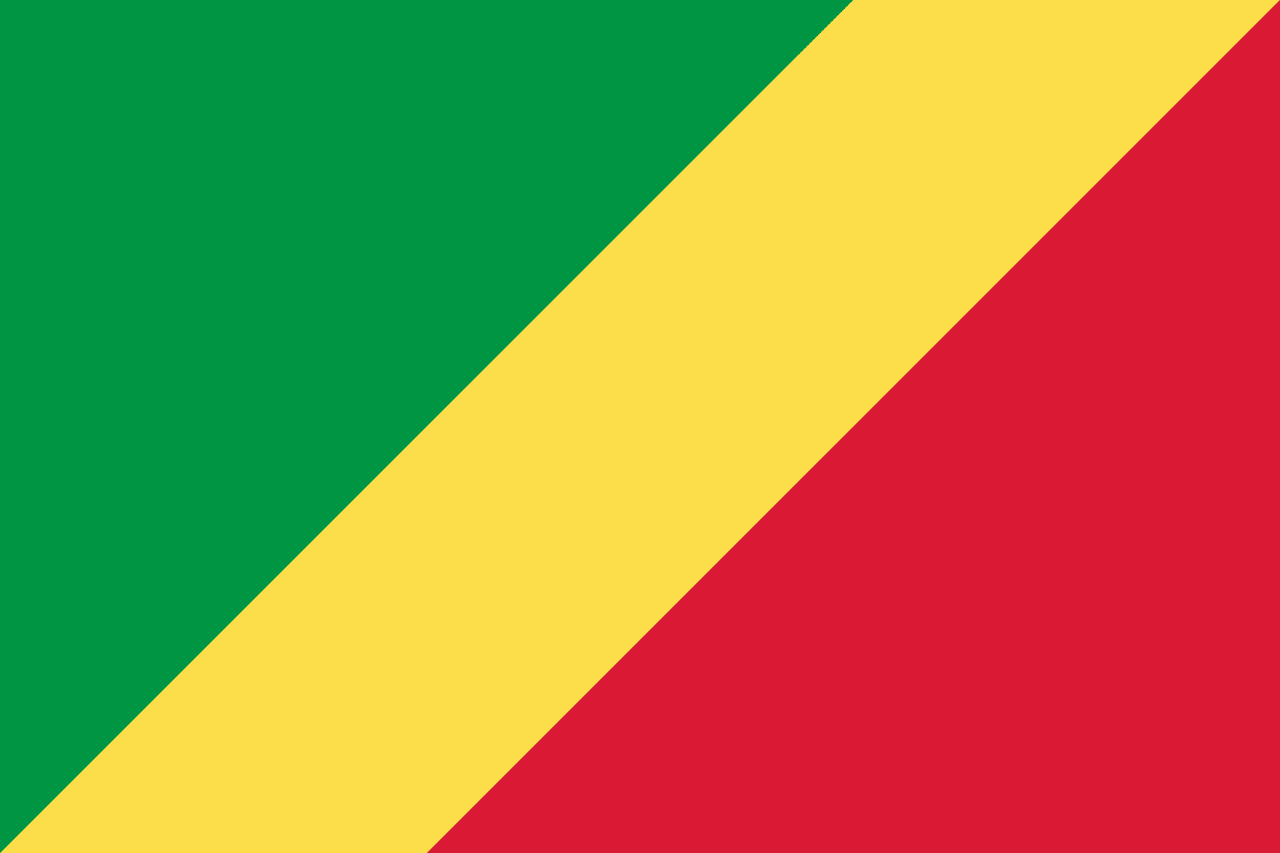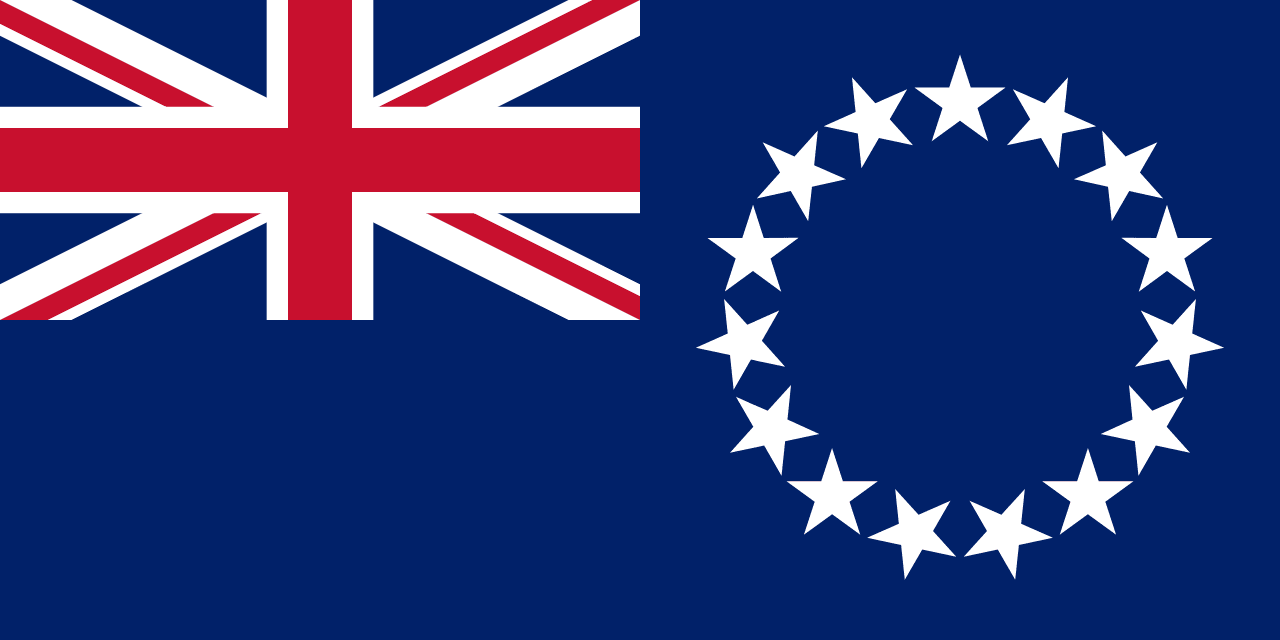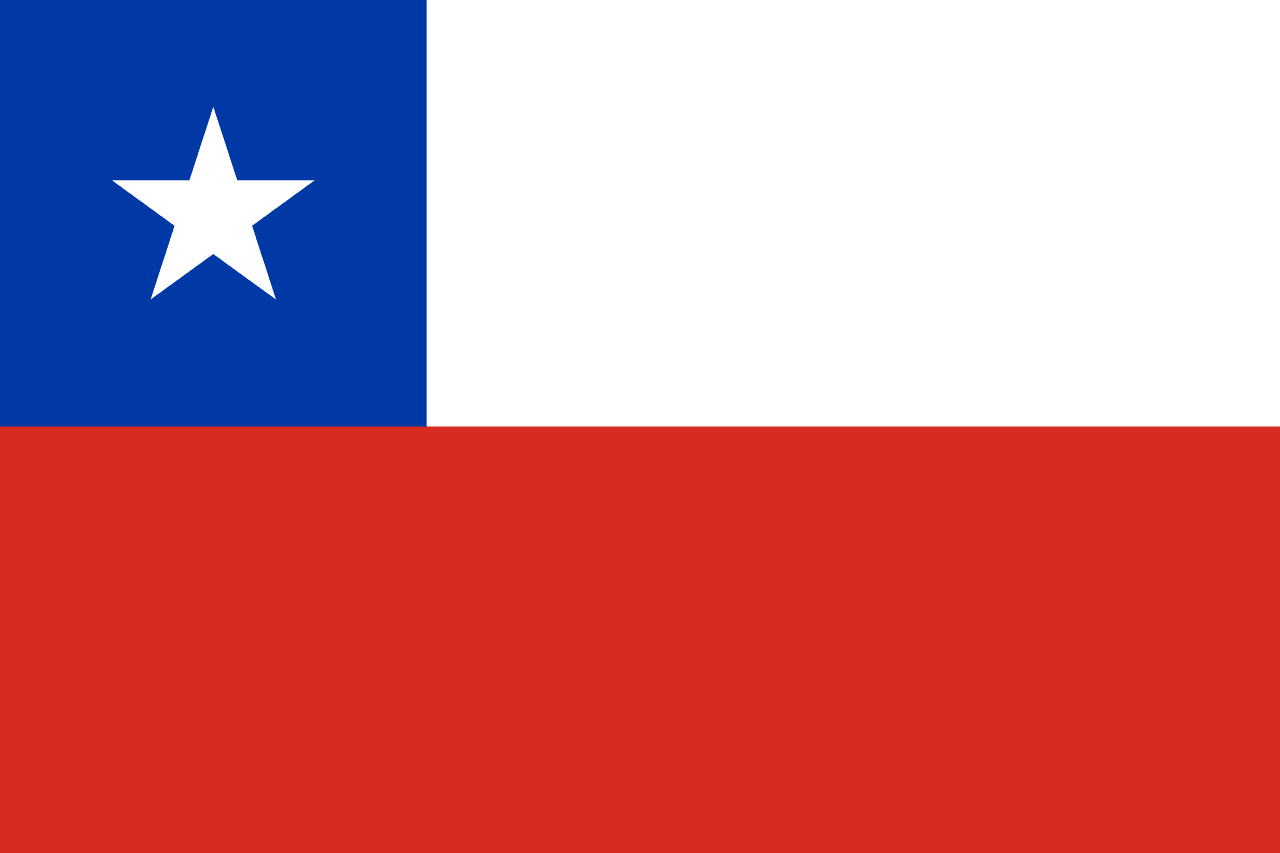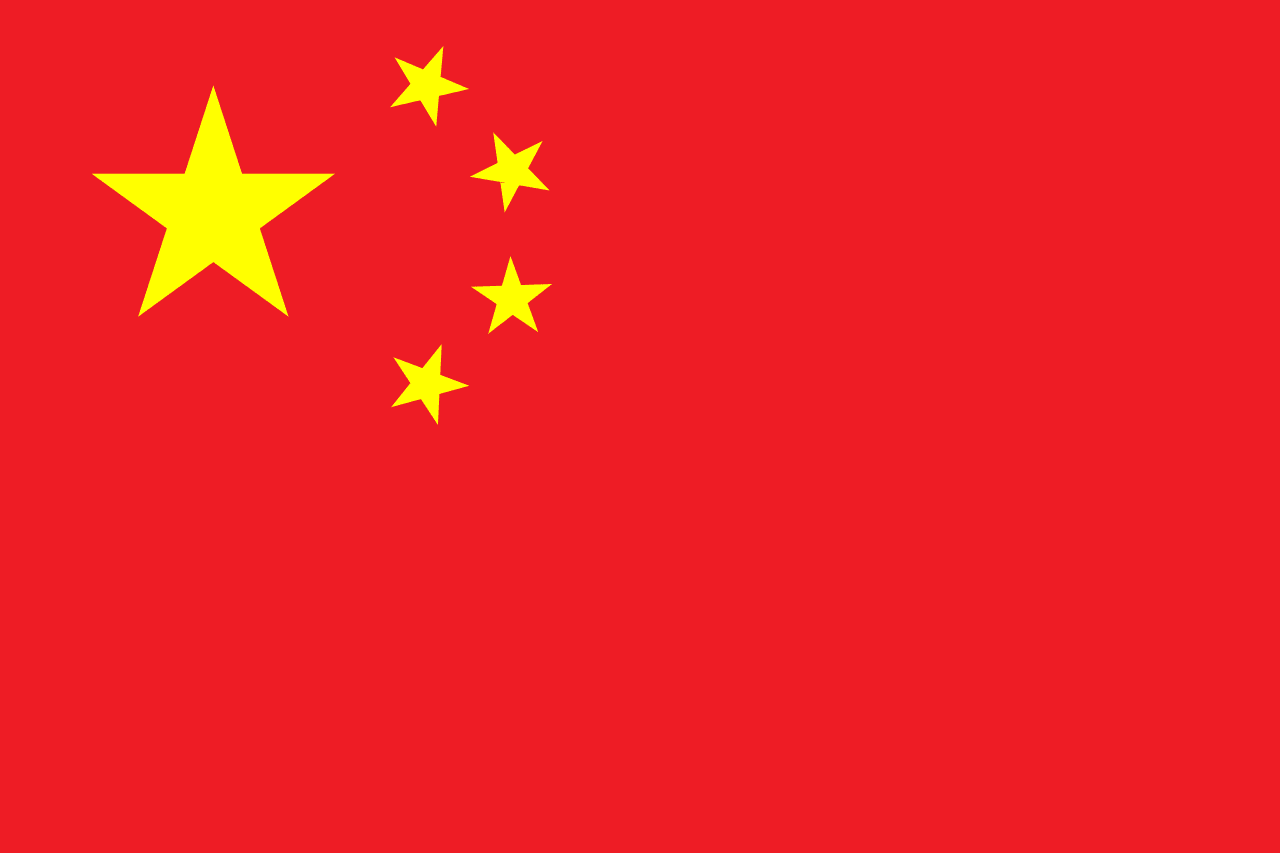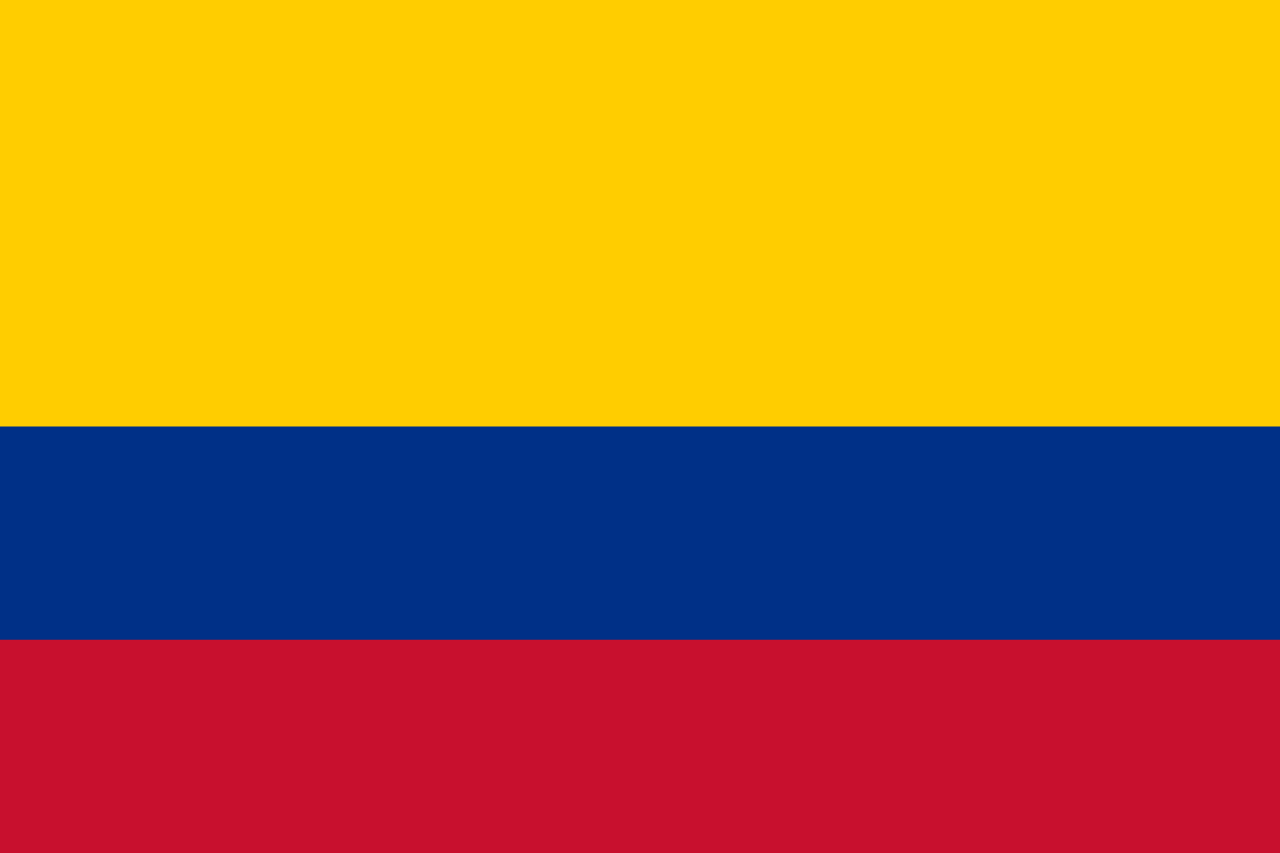The flag of Comoros consists of four horizontal stripes of yellow, white, red, and blue, with a green chevron on the hoist side containing a white crescent and four white stars. This unique design encapsulates the nation's geography, cultural heritage, and religious identity.
Comoros information
| National Flag Day | — |
| Sovereign state | Yes |
| Official name | Union of the Comoros |
| Capital | Moroni |
| Population | 850,886 |
| Area | 2,235 km² |
| Currency | Comorian franc (KMF) |
| Language | Comorian, French, Arabic |
| Continent | Africa |
| Region | East Africa |
| Subregion | — |
| Borders | — |
| Timezone | East Africa Time (EAT) UTC+3 |
| Calling code | +269 |
| Top-level domain | .km |
History of the Comorian flag
 The current flag of Comoros was officially adopted on January 7, 2002, following a constitutional referendum. This adoption marked a significant moment in the country's history, as it aimed to represent all four islands of the Comorian archipelago, including Mayotte, which remains under French administration but is claimed by Comoros.
The current flag of Comoros was officially adopted on January 7, 2002, following a constitutional referendum. This adoption marked a significant moment in the country's history, as it aimed to represent all four islands of the Comorian archipelago, including Mayotte, which remains under French administration but is claimed by Comoros.
Since gaining independence from France in 1975, Comoros has seen several flag designs, each reflecting the political changes and efforts to unify its diverse island population. The 2002 design represents the most inclusive and symbolically rich version to date.
Symbolism and design of the Comorian flag
The flag of Comoros is rich in symbolism, reflecting both the geography and cultural heritage of the islands:
- Stripes: Each color stripe symbolizes a specific island:
- Yellow: Represents Mohéli, the smallest of the main islands
- White: Symbolizes Mayotte, highlighting Comoros' claim over the island
- Red: Represents Anjouan, known for its red soil
- Blue: Symbolizes Grande Comore, the largest island
- Green Chevron: Symbolizes Islam, the predominant religion in Comoros, and represents the country's commitment to its faith and cultural values.
- Crescent and Stars: Positioned within the green chevron, the white crescent and four stars further symbolize Islam and reflect the nation's cultural identity. The four stars specifically represent the four islands of the archipelago.
The flag's design emphasizes national unity while acknowledging the unique characteristics of each island. It highlights the country's commitment to diversity and its Islamic heritage, making it a powerful symbol of Comorian identity and pride.
Usage and significance of the Comorian flag
 The Comorian flag holds deep significance as a national symbol. It is prominently displayed during:
The Comorian flag holds deep significance as a national symbol. It is prominently displayed during:
- Independence Day celebrations (July 6)
- Official state ceremonies and diplomatic events
- International forums and sporting events
- Government buildings and educational institutions
The flag serves as a unifying symbol for the Comorian people, both within the country and in the diaspora. It represents the nation's aspirations for peace, progress, and unity among its diverse island communities.
Interesting facts about the Comoros flag
- The flag underwent several changes before adopting its current design in 2002, reflecting evolving national identity and unity among the islands.
- Comoros is one of the few countries to incorporate stars and a crescent into its national flag, symbolizing its strong Islamic influence.
- The inclusion of white to represent Mayotte is a political statement, as Comoros continues to claim sovereignty over the island despite its current status as a French overseas department.
- The flag's design is protected by law in Comoros, with regulations governing its use and display to ensure respect for this national symbol.
- In international maritime signal flags, the Comorian flag represents the letter "D" (Delta), which coincidentally stands for "Keep clear of me; I am maneuvering with difficulty."
